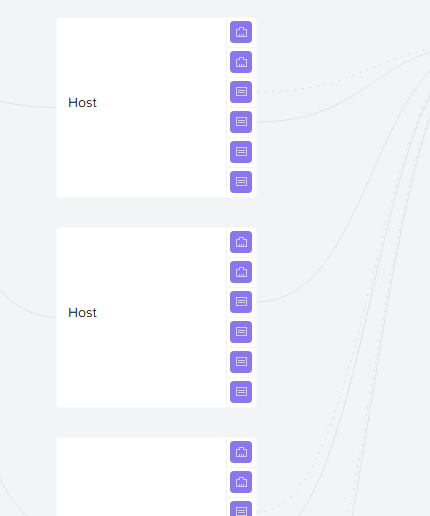Correct
One is connected at 1GbE and the other is 10GbE.
Incorrect – Uplinks are typically of the same speed for redundancy.
They are configured in Active-Active mode.
Incorrect – Active-Active is not the default mode in Nutanix clusters.
Correct answer
They are configured in Active-Backup mode.
Correct – Nutanix networking defaults to Active-Backup for fault tolerance.
All are connected, but only two are carrying traffic.
Incorrect – This is not a default behavior of Nutanix networking.
Details:
Nutanix uses an Active-Backup uplink model where one interface is active while the other remains in standby.
Incorrect
One is connected at 1GbE and the other is 10GbE.
Incorrect – Uplinks are typically of the same speed for redundancy.
They are configured in Active-Active mode.
Incorrect – Active-Active is not the default mode in Nutanix clusters.
Correct answer
They are configured in Active-Backup mode.
Correct – Nutanix networking defaults to Active-Backup for fault tolerance.
All are connected, but only two are carrying traffic.
Incorrect – This is not a default behavior of Nutanix networking.
Details:
Nutanix uses an Active-Backup uplink model where one interface is active while the other remains in standby.
Unattempted
One is connected at 1GbE and the other is 10GbE.
Incorrect – Uplinks are typically of the same speed for redundancy.
They are configured in Active-Active mode.
Incorrect – Active-Active is not the default mode in Nutanix clusters.
Correct answer
They are configured in Active-Backup mode.
Correct – Nutanix networking defaults to Active-Backup for fault tolerance.
All are connected, but only two are carrying traffic.
Incorrect – This is not a default behavior of Nutanix networking.
Details:
Nutanix uses an Active-Backup uplink model where one interface is active while the other remains in standby.

